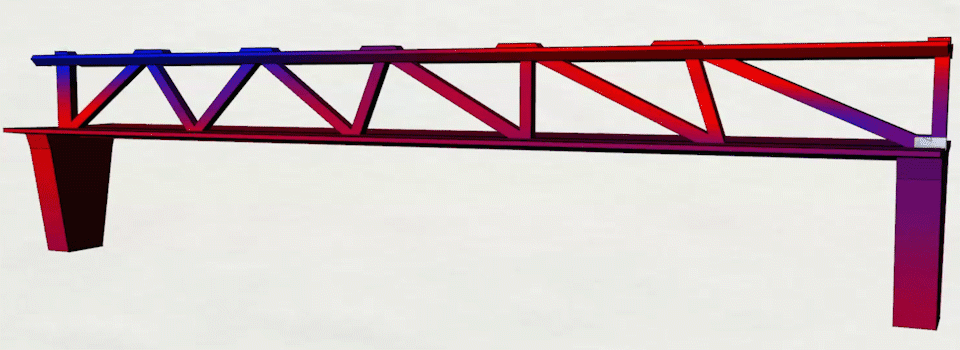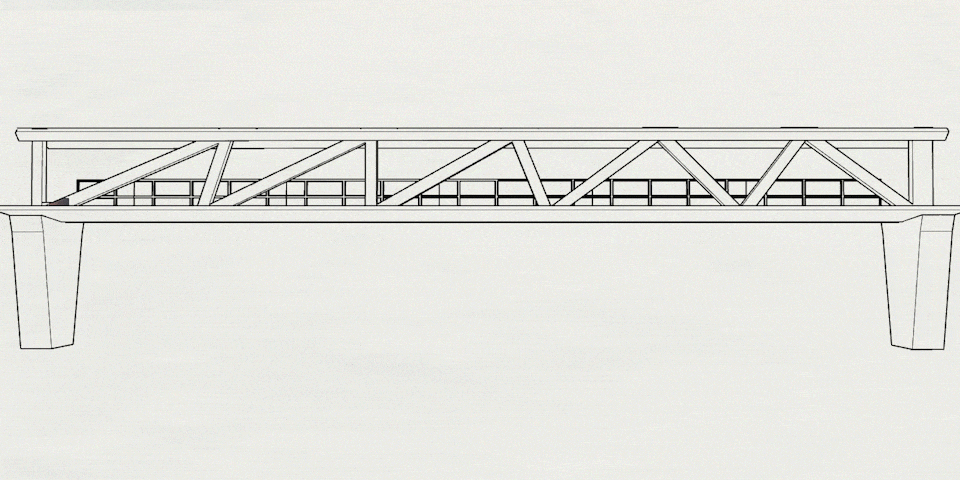VICTOR BROWNE
Forensic Architecture Case: Form v Function
Forensic Architecture Case: Form v Function
Forensic Architecture undertakes problems that can be solved through the resourceful use of architectural tools and methodologies. The following is a case study that examines the role that a design team played in the preventable tragedy of the FIU Bridge collapse.
On March 15th, 2018, a pedestrian bridge titled “The FlU
Sweetwater University City Pedestrian Bridge” collapsed, five days after phase
three of construction was completed. The bridge was constructed using the
Accelerated Bridge Construction method (ABC), an emerging prefabrication
technique that seeks to limit road closures and significantly fast-track
construction processes. The form was intended to visually resemble a
cable-stayed bridge. The design team sought to embellish this aesthetic by
situating the truss struts in such a manner as to follow the visual
continuation of the cables which served no functional purpose. The forceful
implementation of an unnecessary silhouette undermined the true structural load
bearer for the project, the truss.
During construction, significant cracking occurred at cold joints in the structure. The threat posed by these vulnerabilities was underestimated, leading to a complete structural failure. The incident tragically killed one employee and five pedestrians in vehicles waiting idly for a red light – a tragedy that will not be forgotten.
Five days before the collapse, lead designer, Linda Figg: “Today is the perfect example of the one of a kind historic moment in which 950 tons of bridge 175 ft long is spun into place in just a few hours. It is making bridge history throughout the world, right here at FlU. It is so exciting because not only has it been done quickly but with the greatest technology.”
During construction, significant cracking occurred at cold joints in the structure. The threat posed by these vulnerabilities was underestimated, leading to a complete structural failure. The incident tragically killed one employee and five pedestrians in vehicles waiting idly for a red light – a tragedy that will not be forgotten.
Five days before the collapse, lead designer, Linda Figg: “Today is the perfect example of the one of a kind historic moment in which 950 tons of bridge 175 ft long is spun into place in just a few hours. It is making bridge history throughout the world, right here at FlU. It is so exciting because not only has it been done quickly but with the greatest technology.”









